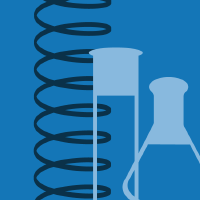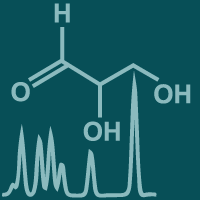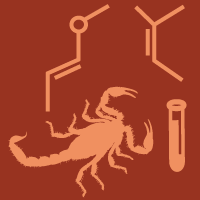Topic Editors

2. The Research Center of Siyuan Natural Pharmacy and Bio-Toxicology, College of Life Sciences, Zhejiang University, Hangzhou 310058, China

Counter-Current Chromatography in Natural Products Isolation

Topic Information
Dear Colleagues,
Counter-current chromatography (CCC) is a unique liquid–liquid partition chromatography. Without use of solids as support matrices, CCC eliminates many complications resulting from solid-supporting materials, such as irreversible absorption, constituent losses and deactivation, tailing of solute peaks and contamination. In addition, by comparison with other solid-support chromatography including silica column chromatography and reversed-phase liquid chromatography, CCC has more advantages such as a higher retention of a stationary phase, a better selection and more solvent-saving. Therefore, CCC has been widely employed for separation and preparation of natural and synthetic compounds from complex mixtures in many fields. In discussing this topic, we will focus on the separation and purification of bioactive natural products by CCC or CCC-involved separation techniques. Novel CCC instruments and separation methods developments are encouraged, and general reviews and experimental reports are welcome.
Dr. Shihua Wu
Dr. Zhi Yang
Dr. Xinyi Huang
Topic Editors
Keywords
- counter-current chromatography
- natural products
- indigenous drugs
- traditional medicines
- separation
- purification
Participating Journals
| Journal Name | Impact Factor | CiteScore | Launched Year | First Decision (median) | APC | |
|---|---|---|---|---|---|---|

Analytica
|
- | 1.8 | 2020 | 12.8 Days | CHF 1000 | Submit |

Metabolites
|
3.4 | 5.7 | 2011 | 13.9 Days | CHF 2700 | Submit |

Molecules
|
4.2 | 7.4 | 1996 | 15.1 Days | CHF 2700 | Submit |

Separations
|
2.5 | 3.0 | 2014 | 12.4 Days | CHF 2600 | Submit |

Toxins
|
3.9 | 7.5 | 2009 | 18.9 Days | CHF 2700 | Submit |

MDPI Topics is cooperating with Preprints.org and has built a direct connection between MDPI journals and Preprints.org. Authors are encouraged to enjoy the benefits by posting a preprint at Preprints.org prior to publication:
- Immediately share your ideas ahead of publication and establish your research priority;
- Protect your idea from being stolen with this time-stamped preprint article;
- Enhance the exposure and impact of your research;
- Receive feedback from your peers in advance;
- Have it indexed in Web of Science (Preprint Citation Index), Google Scholar, Crossref, SHARE, PrePubMed, Scilit and Europe PMC.


